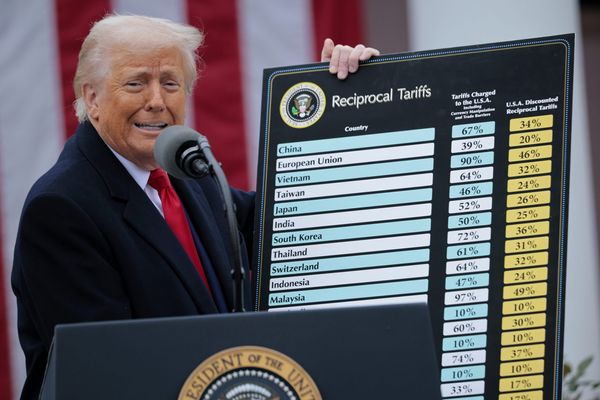
DSP World Gold Fund, a mutual fund investing in gold-mining stocks, has soared by around 20% in the past three months. The price of gold in rupee terms has risen by around 7% over the same period.
Over longer time-frames, however, the DSP World Gold Fund has failed to outperform gold in a consistent manner.
For instance, it has delivered a return of 0.83% over the past 10 years compared to 7.97% compound annual growth rate (CAGR) delivered by the precious metal.
A comparison of DSP World Gold Fund with India’s largest gold exchange-traded fund (ETF), Nippon India ETF Gold BeES, is instructive. Both schemes were launched in 2007. ETFs are required to buy and hold physical gold against the units they issue and track the price of gold reasonably well. Gold staged a rally from 2007 to 2012 after seeing a brief dip during the global financial crisis.
However, in this period, DSP World Gold Fund lagged sharply behind Gold BeES with a 10.36% CAGR compared to 27.31% for Gold BeES.
2007-12 was also the last phase of a multi-decade supercycle in gold. Thereafter, the precious metal was sluggish in the 2014-18 period. From 1 January 2014 to 1 January 2018, Nippon India ETF Gold BeES gave a return of -0.94% CAGR. Over the same period, DSP Gold Fund did marginally better with a 3.10% return. In the next three years, however, gold rallied smartly with Gold BeES delivering 18.35%. The DSP Gold Fund lagged behind, with a 16.74% return, shows data from Value Research.
DSP World Gold Fund feeds into BlackRock Global Funds - World Gold Fund and is benchmarked against the FTSE Gold Mine Index. It has assets of ₹851 crore.
“If you expect cement prices to go up, will you buy cement stocks or cement bags? So, if you are bullish on gold prices, you could consider buying gold stocks instead of gold bars. DSP World Gold Fund is primarily meant for investors who are fairly bullish on gold prices and may be better off with gold-mining stocks versus investing directly in gold bullion or gold ETFs. This is because of the beta of the fund, which in the past has been seen at almost 2 times gold prices. Thus, when gold price rises, there is margin expansion of gold mining companies, thereby significantly improving their profitability due to financial/operating leverage," said Anil Ghelani, senior vice president and head - products, DSP Investment Managers.
Some experts took a more cautious stance. “Gold-mining funds invest in gold-mining stocks and just like other equity stocks, the returns are purely based on the stock earnings and its future growth prospects. These funds behave like thematic funds, thus making them very cyclical in nature. These funds will show high returns mostly in selective periods only," said Rushabh Desai, a Mumbai-based mutual funds distributor.
“Usually, when gold prices start to pick up, gold-mining companies increase their production to take full advantage of the high prices to generate higher revenues, but at the same time, returns also depend on the demand of the yellow metal in the global market. I would suggest investors to stick with the yellow metal (through a fund of funds tracking gold) rather than its mining companies," he added.
Being an international fund, DSP World Gold Fund is taxed on par with debt funds. Gains in the fund are taxed at slab rate for holding periods shorter than three years. For longer holding periods, they are taxed at 20% with the benefit of indexation. This is on par with the taxation of gold itself.
Investors who can lock in their money into gold for long time-frames have a third, more tax-efficient option.
Sovereign gold bonds issued by the Union government also track the price of gold and are tax-free if held to maturity (eight years). They also pay out 2.5% interest. However, the interest component is fully taxable at slab rate.







